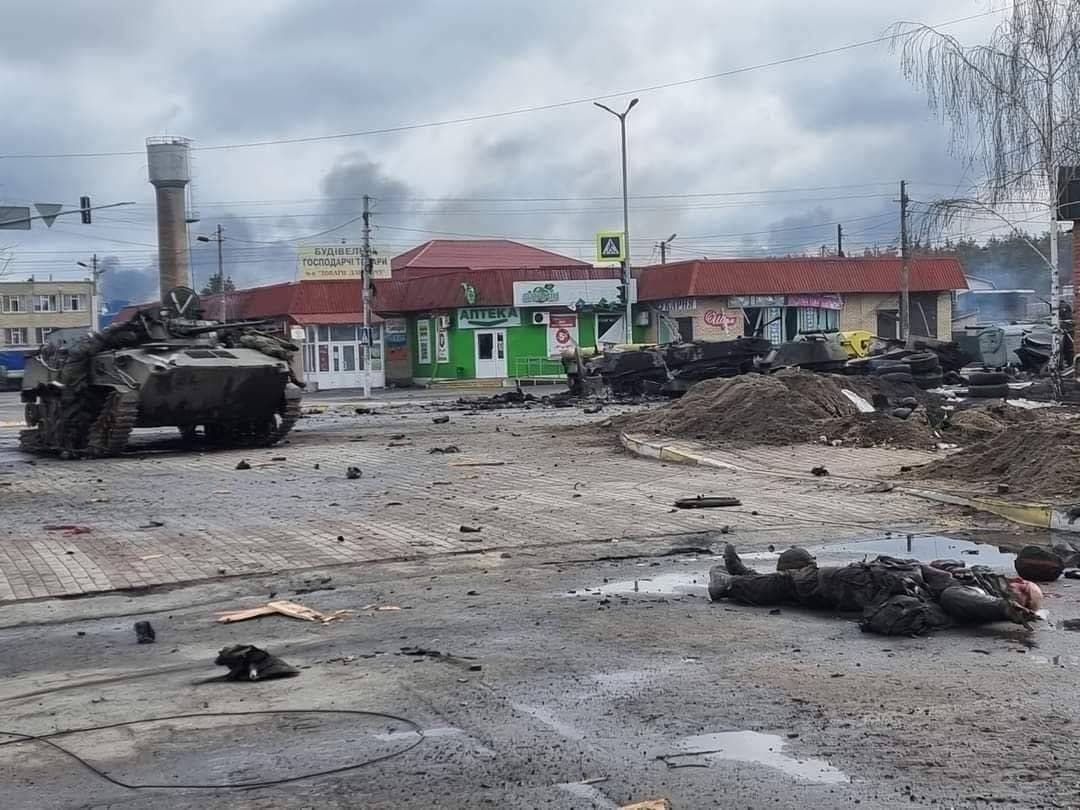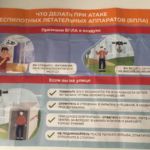Dagestan tops Russia’s dismal rankings

On the third day of the large-scale aggression against Ukraine (26 February), the Russian official publicly acknowledged the soldier’s death during the “special operation” for the first time. The head of Dagestan, Sergey Melikov, expressed his condolences to the family of officer Nurmagomed Gadzhimagomedov, a native of the republic.
When the authorities already made it clear to the Russians that there were casualties in the war amounting to hundreds, the largest North Caucasian republic turned out to be the one with the most fatalities once again. This time in terms of the number of deaths among other Russian regions. Below you will find a list of Dagestanis mentioned in the Russian obituaries and/or Ukrainian reports.
The exact number of casualties from Dagestan is unknown, but it is considerably higher than the list of those identified by name. According to locals, morgues in Belarus are full of the bodies of Russian soldiers. Apart from purely technical reasons for their identification and transportation to the homeland, an order is also in effect: to inform about the death toll gradually, so that Russians were not shocked by the true scale of the losses.
The sources of Kavkaz.Realii from the government and military commissariat in Dagestan advise that at least 130 contracts from the Republic have died in Ukraine. However, even senior officials don’t have the exact information on the casualties among conscripts. The Ukrainian leaders claimed that over 14K soldiers were killed. If thousands of Russian troops were killed, there might be hundreds and hundreds of soldiers from Dagestan among them.
So why are so many sons of the Caucasus dying for the empire of another “state-building ethnicity”? In Dagestan Buynaksk there is a permanent deployment centre of the 136th Separate Motor Rifle Brigade, actively deployed in the hostilities in Ukraine along with other units and formations of the 58th Combined Arms Army of the Russian Federation. In addition, the percentage of Dagestanis among contractors in the Russian army is generally much higher than average.
Military service in Dagestan is one of few options for young men to escape from the hopeless state into which the republic was forced by Russian officials.
According to official statistics, Dagestan has the third highest birth rate in the Russian Federation and the first highest population growth rate. There are many young people in the republic who cannot pursue their potential due to a lack of jobs, social lifts and social justice.
Dagestan ranks first in RF in terms of federal budget subsidies. Last year, the republic received 77.5 billion rubles. Relying on these statistics, Dagestan has the lowest regional budget spending per capita – a bit more than 69K rubles.
Based on the unemployment rate, Dagestan ranks second in Russia with a rate of 12.1%. But the reality is much worse. Furthermore, relying on the data of the Civil society development fund, the republic ranks second among the lowest income rates. The average salary is just 32.3k rubles.
Even among other plundered North Caucasus republics, Dagestan tops the list of recorded corruption-related crime rates. Moreover, the number of crimes increased by 44% over the past year 2021. No wonder the republic is at the very tail end of the investment attractiveness rating among the federal constituent entities.
Political issues of the multinational republic in RF are still to be addressed. Major Dagestan nations have already recognized the risks of “living under the same roof”. Their national movements have come up with a plan on how to build separate republics with protected borders and the right to develop their own policy.
Peoples from the overpopulated highlands, primarily Avars, are actively moving to the plains, thereby disrupting the compact massif of the Kumyk ethnic territory. The Nogays fear the cultural and demographic dominance of the kindred Kumyk. Like the latter, the Nogays aspire for an autonomous republic while making territorial claims to the neighbouring parts of Stavropol Krai and Chechnya.
For over 30 years, Chechen-Akkins have been fighting for the right to restore the Aukhovsky district in Dagestan. They have been promised this by the Russian authorities. However, to make it happen, Laks and Avars who managed to settle here should be resettled while the Chechens were deported. The Laks are gradually being moved from Aukh to the Makhachkala region which local Kumyks are not at all happy about.
The mountainous regions of Dagestan have recently been engulfed in a guerilla war with the federal government under the auspices of the Caucasus Emirate and the Islamic State. The armed opposition here began back in 1999 when the Russian army used artillery, missiles, and aircraft against the villages in the Kadar Gorge.
Those who can, migrate en masse from Dagestan to other regions of the Russian Federation, especially to big cities. Quite a few Dagestanian communities have already formed there. They contribute greatly to the general inter-ethnic tension in Russian society. But there are still enough young, hungry, and angry gentry in the republic itself.
Moscow seems to have deliberately decided to dispose of the problematic Dagestanis by turning them into “cannon fodder” in the war against Ukraine. In any case, they are actively called up in the army. Dagestanian district military registration and enlistment offices offer to sign contracts to be involved in the “special operation”. Those who are willing to go are promised to get 177-215K rubles per month depending on their rank.
As elsewhere in Russia, the local Dagetsanian authorities demonstrate their loyalty to the Kremlin proclaiming “patriotic duty” and “fight against fascism”. But how will these satraps like it when Moscow, punished by sanctions, will no longer be able to provide enough money to young, hungry, and armed Dagestanian in Russian uniforms?


Leave a Reply